This article was co-authored by wikiHow staff writer, Ali Garbacz. Our trained team of editors and researchers validate articles for accuracy and comprehensiveness.
wikiHow’s Content Management Team carefully monitors the work from our editorial staff to ensure that each article meets our high quality standards.
Learn more...
What exactly are pontoons and tritoons? The two words may sound awfully similar to one another, but these two types of boats actually have quite a few differences between them that will definitely be noticeable once you raise anchor and set sail. We’ll give an in-depth comparison of the two so that you can both differentiate between them and pick one that best suits you if you happen to be in the market to buy a new boat.
Steps
Pros of a Tritoon
-
1Tritoons can pack more speed compared to a pontoon. The larger size of the tritoon allows space for a bigger engine, which typically comes equipped with capabilities of 250 to 350 horsepower (hp). This means that you can get up to an average speed of around 30 mph (48.3 km/h). Meanwhile, a pontoon boat can only reach up to 150 hp, with speeds falling between 18 to 25 mph (30 to 40.2 km/h). It may not seem like too big of a difference, but you’ll most definitely feel it when you actually get out on the water.[2]
-
2Tritoons can navigate rougher waters. While pontoon boats are already rated as being one of the safer options in terms of boats, the tritoon’s third float contributes greatly in helping the boat glide with ease through choppy and rough waters and keeping it stable.[3]
- Thanks to its extra float and high horsepower engine, a tritoon will even be able to go out in the ocean, but only during low tide. High tide may, unfortunately, be a bit too rough for your tritoon.
-
3A tritoon can carry more people. A tritoon can accommodate 14 to 25 people depending on size, which is perfect if you’re going to be taking out lots of friends and family on cruises around the lake. Meanwhile, a pontoon boat can usually fit a maximum of 16 people.[4]
-
4You can enjoy more water sports with a tritoon. The size of a tritoon makes it perfect for pulling water skiers, tubers, and wakeboarders with ease, and you’ll get a bit more of a thrill given the extra boost of speed you’ll receive compared to a pontoon.[5]
References
- ↑ https://pontoonfamily.com/pontoon-boats-vs-tritoon-boats/
- ↑ https://www.getbusyboating.com/are-tritoons-faster-than-pontoons/
- ↑ https://decideoutside.com/can-a-pontoon-boat-go-in-the-ocean/
- ↑ https://www.getbusyboating.com/are-tritoons-faster-than-pontoons/
- ↑ https://pontoonfamily.com/pontoon-boats-vs-tritoon-boats/
- ↑ https://www.boatsafe.com/how-much-is-a-pontoon-boat/
- ↑ https://pontoonfamily.com/pontoon-boats-vs-tritoon-boats/
- ↑ https://pontoonfamily.com/pontoon-boats-vs-tritoon-boats/
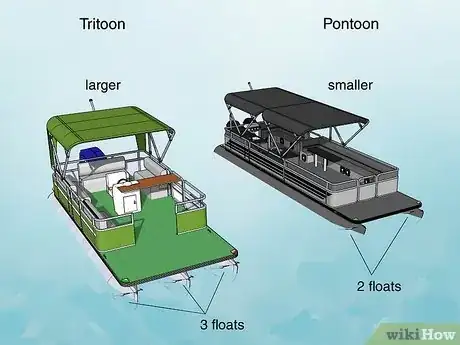
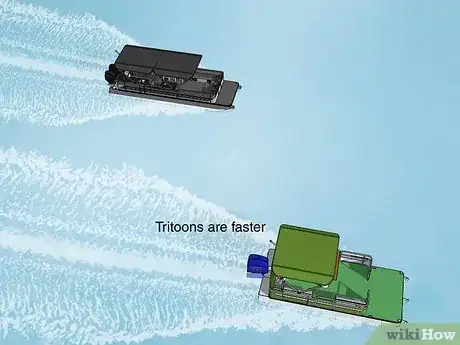
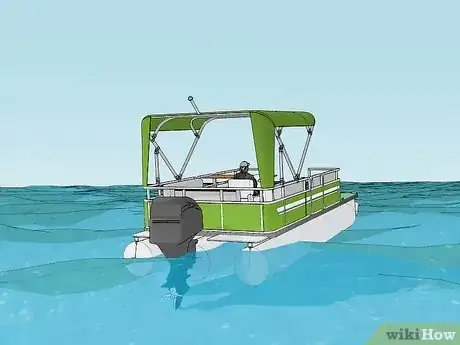
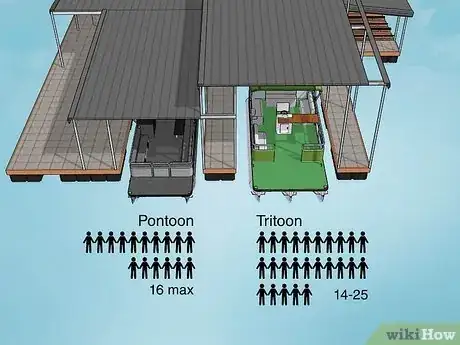
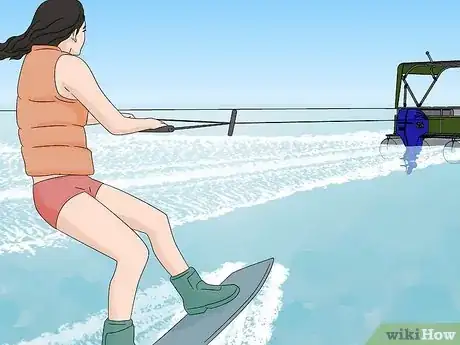

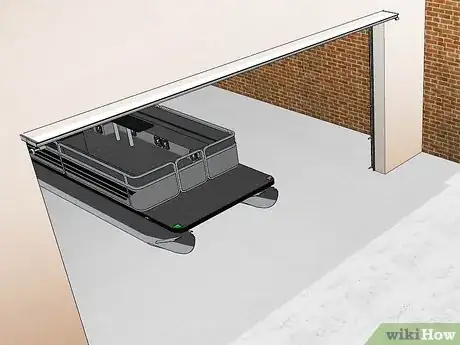























































wikiHow’s Content Management Team carefully monitors the work from our editorial staff to ensure that each article meets our high quality standards.